Exotic Pets that Should Be Legalized in California
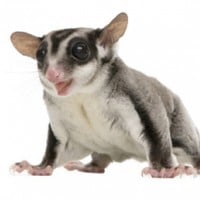 The sugar glider is a small, omnivorous, arboreal, and nocturnal gliding possum belonging to the marsupial infraclass.
The sugar glider is a small, omnivorous, arboreal, and nocturnal gliding possum belonging to the marsupial infraclass. Sugar gliders in captivity should be the ones that were bred from captivity (to avoid the risk of making native ones from Australia endangered or extinct) and need some special care and experience.
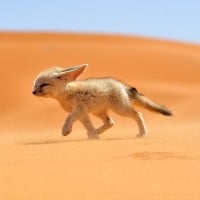 The fennec fox or fennec is a small nocturnal fox found in the Sahara of North Africa. Its most distinctive feature is its unusually large ears, which also serve to dissipate heat.
The fennec fox or fennec is a small nocturnal fox found in the Sahara of North Africa. Its most distinctive feature is its unusually large ears, which also serve to dissipate heat. Fennec foxes in captivity should be the ones that were bred from captivity (to avoid the risk of making native ones from Africa endangered or extinct) and need some special care and experience.
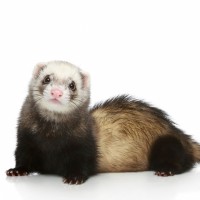 The ferret is the domesticated form of the European polecat, a mammal belonging to the same genus as the weasel, Mustela of the family Mustelidae.
The ferret is the domesticated form of the European polecat, a mammal belonging to the same genus as the weasel, Mustela of the family Mustelidae.
 A hedgehog is any of the spiny mammals of the subfamily Erinaceinae, in the eulipotyphlan family Erinaceidae.
A hedgehog is any of the spiny mammals of the subfamily Erinaceinae, in the eulipotyphlan family Erinaceidae. How is a hedgehog gonna harm you?
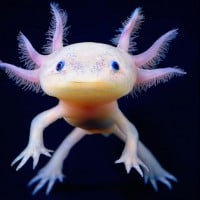 The axolotl, Ambystoma mexicanum, also known as the Mexican walking fish, is a neotenic salamander related to the tiger salamander. Although the axolotl is colloquially known as a "walking fish", it is not a fish, but an amphibian. The axolotl is only native to Lake Xochimilco and Lake Chalco in Mexico. Axolotls in the wild are mostly grassy brown or black, but in captivity, they can even glow in... read more
The axolotl, Ambystoma mexicanum, also known as the Mexican walking fish, is a neotenic salamander related to the tiger salamander. Although the axolotl is colloquially known as a "walking fish", it is not a fish, but an amphibian. The axolotl is only native to Lake Xochimilco and Lake Chalco in Mexico. Axolotls in the wild are mostly grassy brown or black, but in captivity, they can even glow in... read more
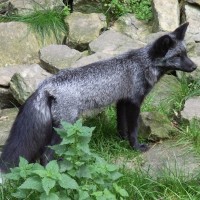
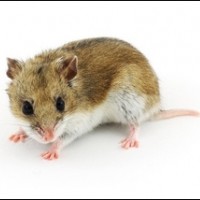
If Russian dwarf hamsters and golden hamsters are legal in California, why not Chinese hamsters? I see not much differences between Chinese hamsters and legal pet hamster species. I think Chinese hamsters should be legalized in California.
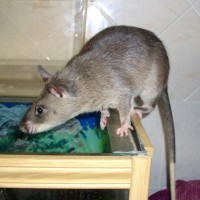
Gambian pouched rats kept as pets should only be ones that were bred from captivity (not from the wild to avoid the risk of making native ones from Africa endangered or even extinct) and would require the same care as domestic rats.
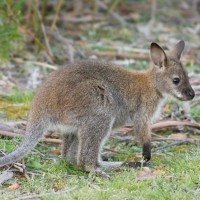
Although wallabies (only some species of wallabies) kept as pets should be bred from captivity (not taken from the wild), they would require lots of experience and need right amount of space, food, etc.

Although this animal group kept as pets should be bred from captivity (not taken from the wild), they would require lots of primate experience and need right amount of space, food, etc. They would also have to be vaccinated to make sure they don't have diseases or viruses.
 A gerbil is a small mammal of the order Rodentia. Once known simply as "desert rats", the gerbil subfamily includes about 110 species of African, Indian, and Asian rodents, including sand rats and jirds, all of which are adapted to arid habitats.
A gerbil is a small mammal of the order Rodentia. Once known simply as "desert rats", the gerbil subfamily includes about 110 species of African, Indian, and Asian rodents, including sand rats and jirds, all of which are adapted to arid habitats.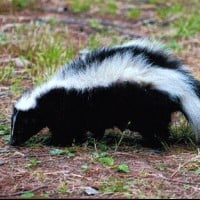 Skunks are mammals known for their ability to spray a liquid with a strong odor. Different species of skunk vary in appearance from black-and-white to brown or cream colored, but all have warning coloration.
Skunks are mammals known for their ability to spray a liquid with a strong odor. Different species of skunk vary in appearance from black-and-white to brown or cream colored, but all have warning coloration.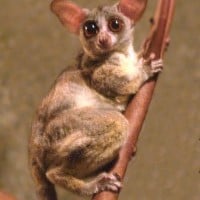
Although this animal group kept as pets should be bred from captivity (not taken from the wild), would require lots of primate experience and need right amount of space, food, etc.
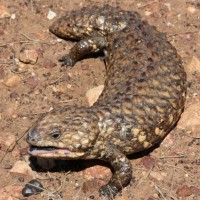
 Sloths are mammals classified in the families Megalonychidae and Bradypodidae, including six extant species. Noted for their slowness of movement, they spend most of their lives hanging upside down in the trees of the tropical rainforests of South America and Central America.
Sloths are mammals classified in the families Megalonychidae and Bradypodidae, including six extant species. Noted for their slowness of movement, they spend most of their lives hanging upside down in the trees of the tropical rainforests of South America and Central America. Although people should only breed them in captivity and leave the wild ones alone, so the wild ones would have time to have populations recover.
The slowest animal one earth
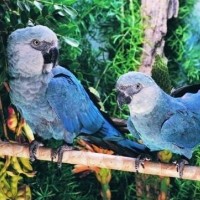
These birds should be reintroduced back to its native range, while people can keep them as peoples. people should leave the ones in the wild alone since they're listed as Critically Endangered.
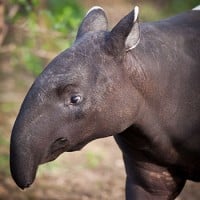 A tapir is a large, herbivorous mammal, similar in shape to a pig, with a short, prehensile nose trunk.
A tapir is a large, herbivorous mammal, similar in shape to a pig, with a short, prehensile nose trunk. Tapirs that are kept in captivity should be the ones that are bred from captivity and not taken from the wild (to avoid the risk of pet trade making tapirs extinct) and the tapirs require lots of room and plant food.
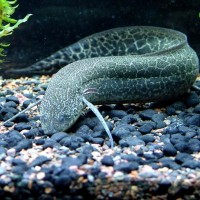
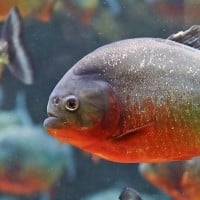 A piranha or piraña, a member of family Characidae in order Characiformes, is a freshwater fish that inhabits South American rivers, floodplains, lakes and reservoirs.
A piranha or piraña, a member of family Characidae in order Characiformes, is a freshwater fish that inhabits South American rivers, floodplains, lakes and reservoirs. Are you joking me with this species?
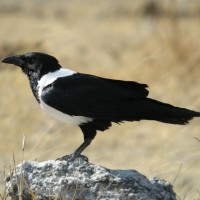
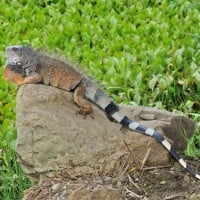
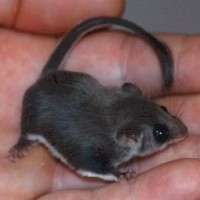
Feathertail? 0.0
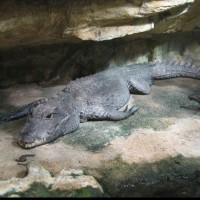
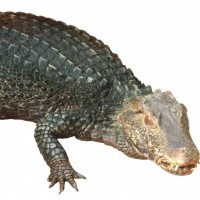
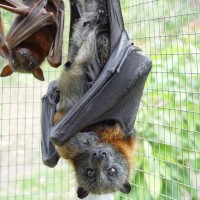
Although people should only breed them in captivity and leave the wild ones alone, so the wild ones that are endangered or at least threatened would have time to have populations recover. They should also be vaccinated to avoid the risk of these bats carrying potentially dangerous diseases and/or viruses.